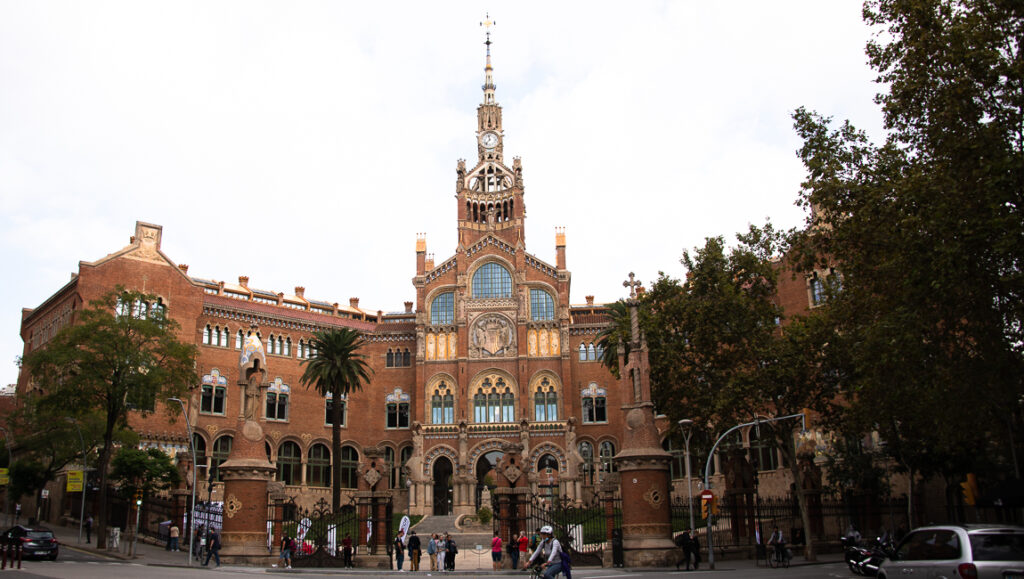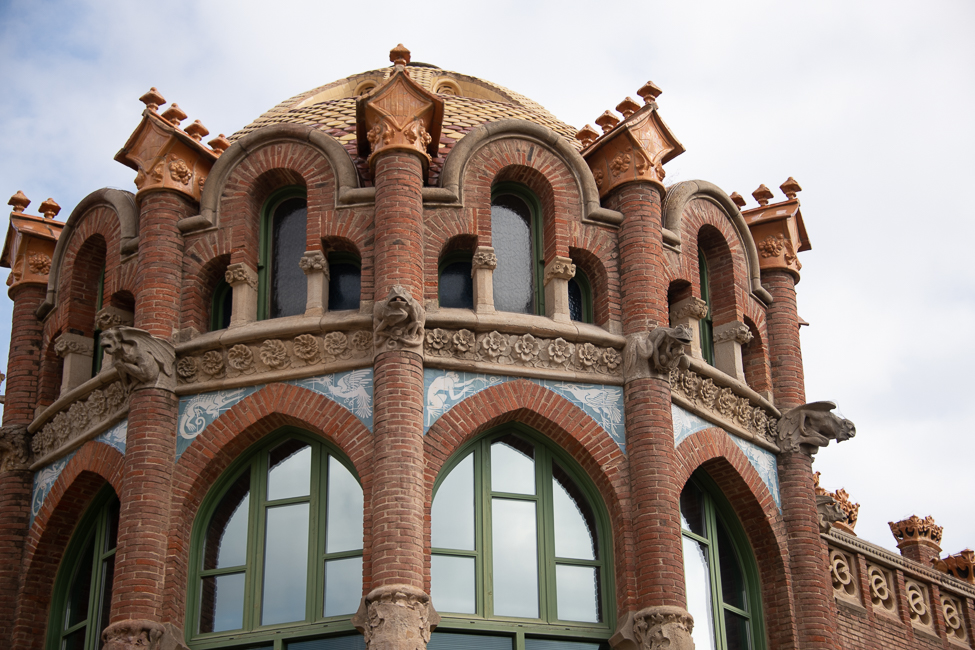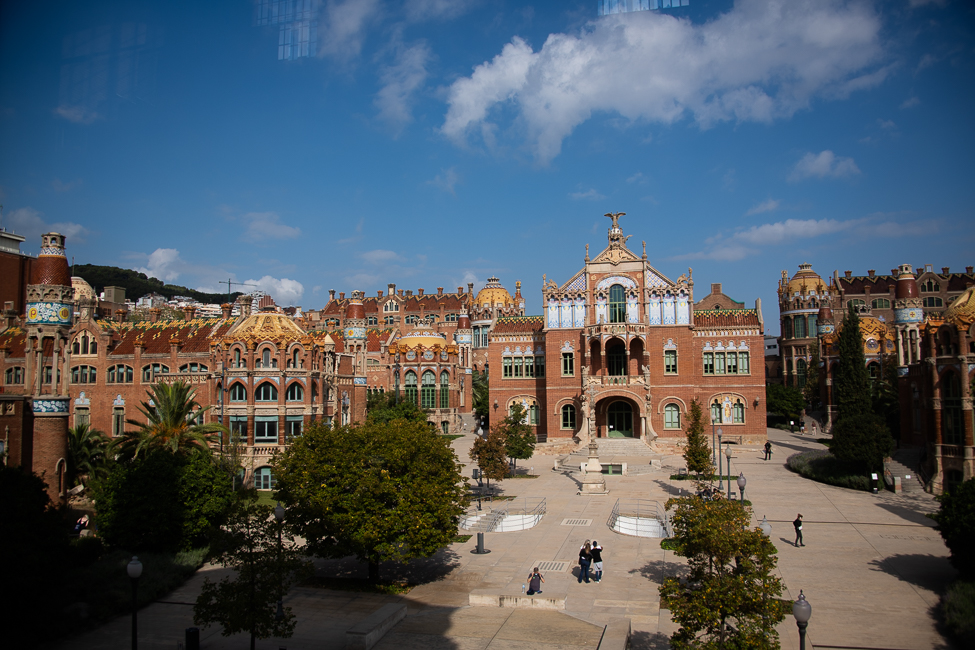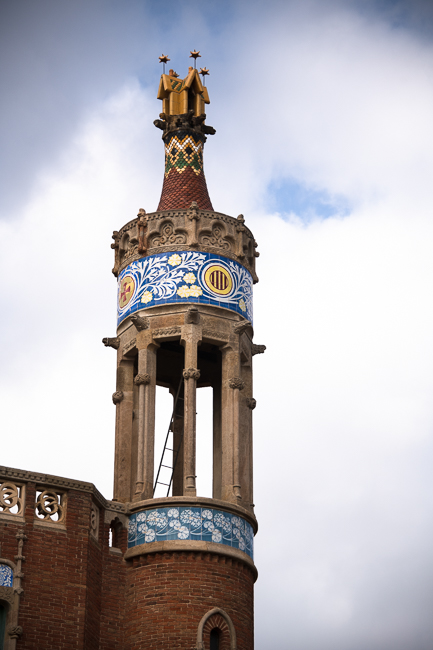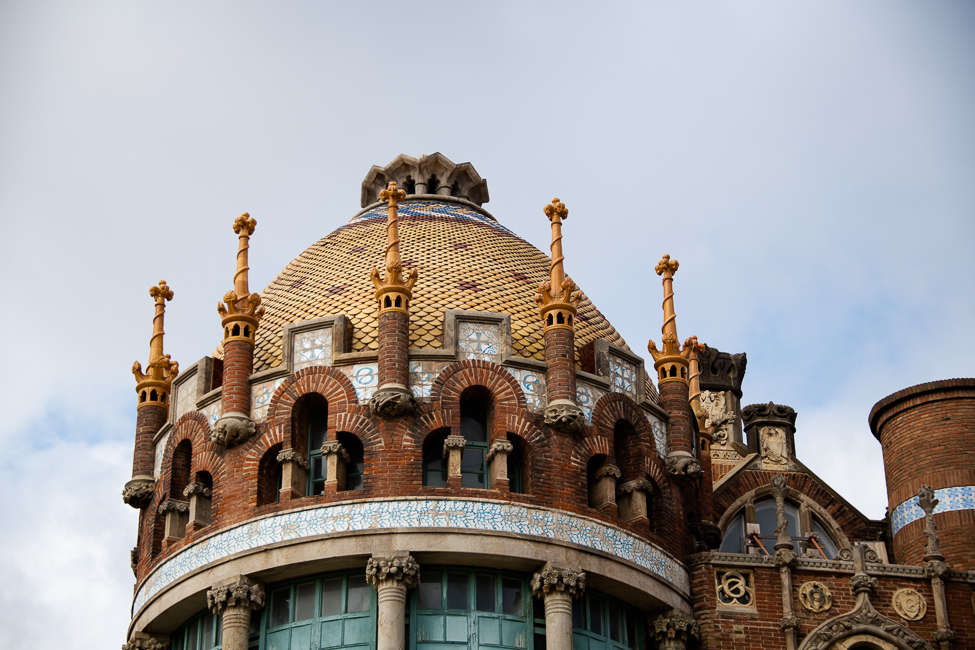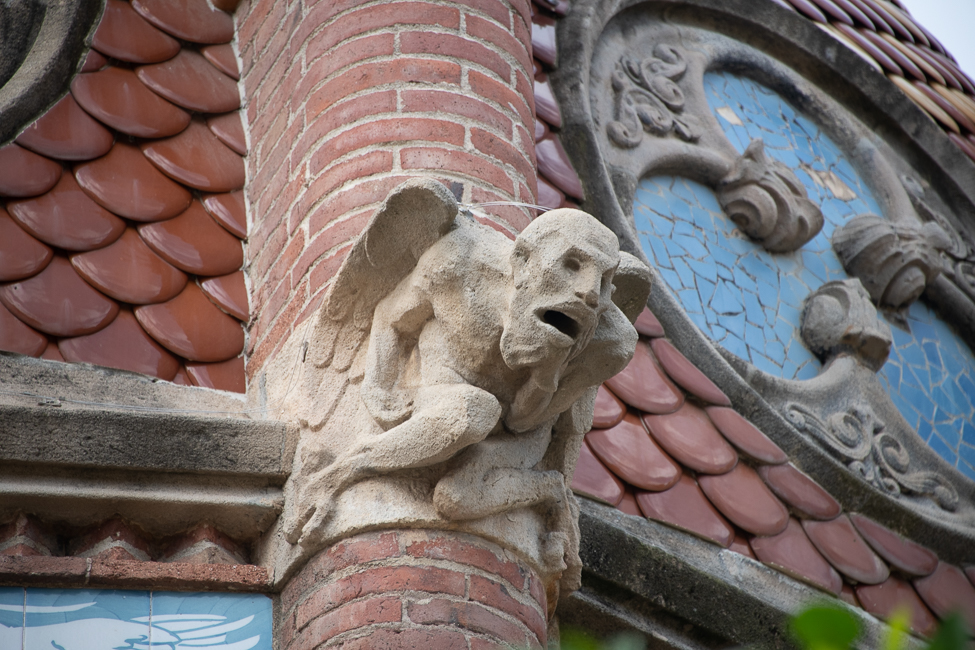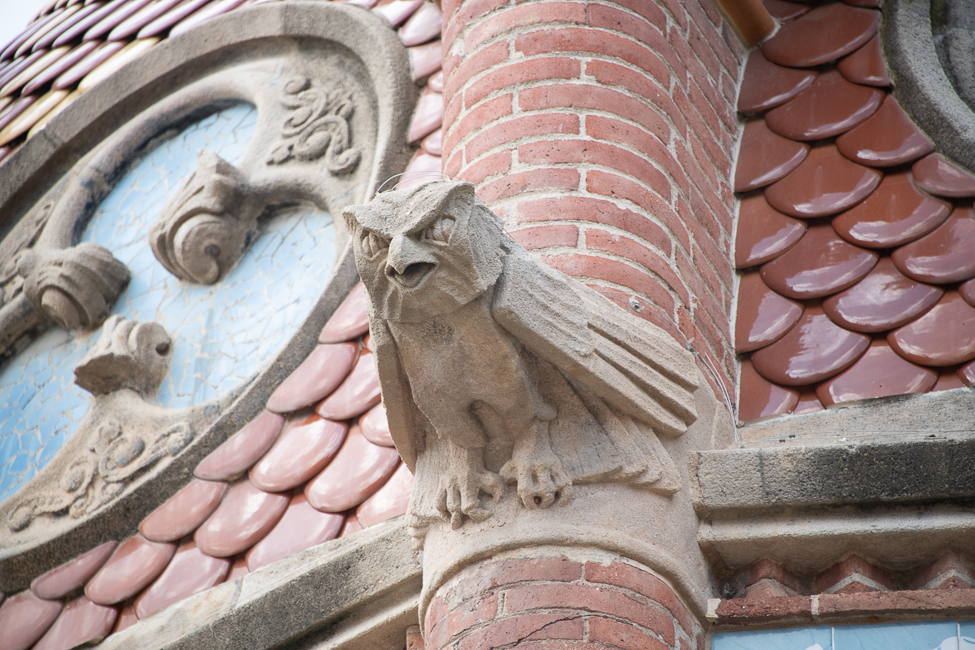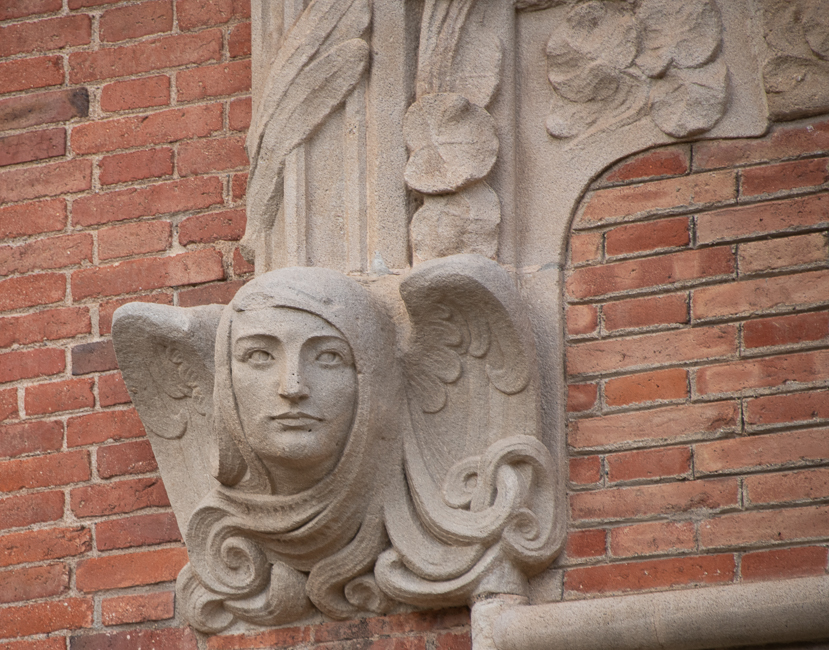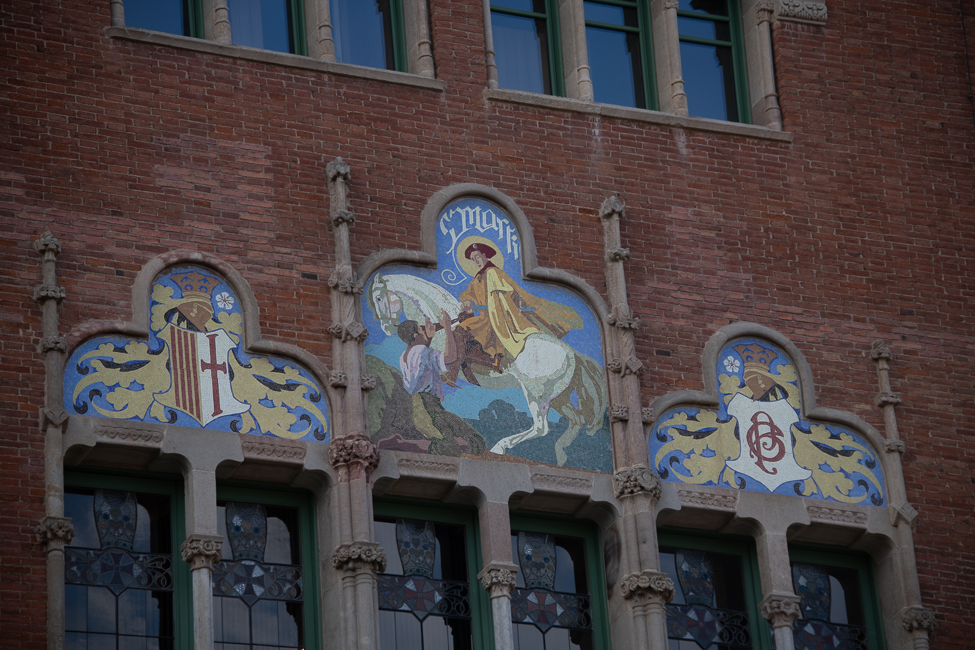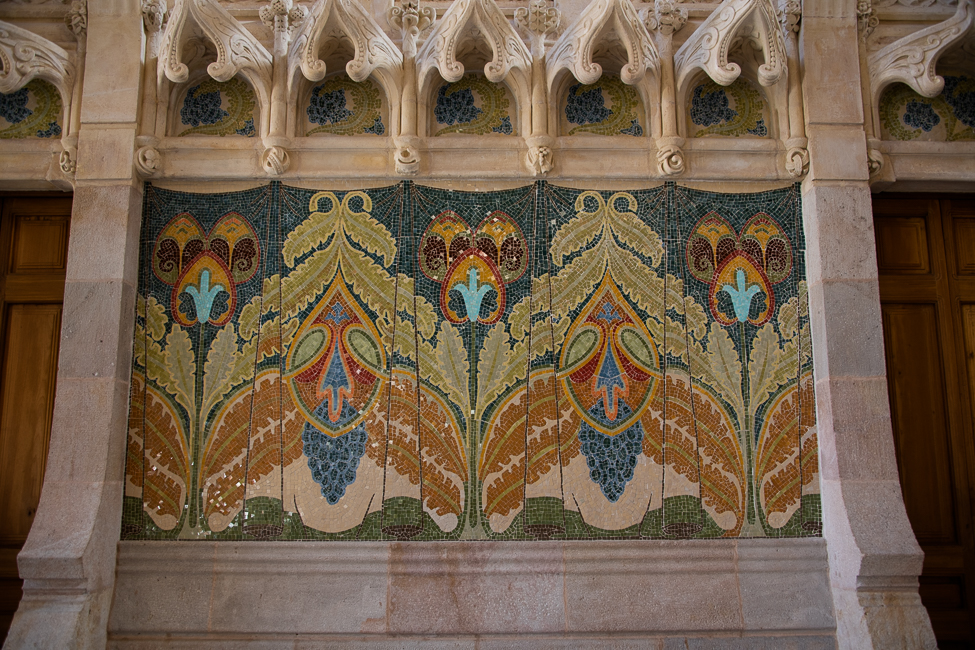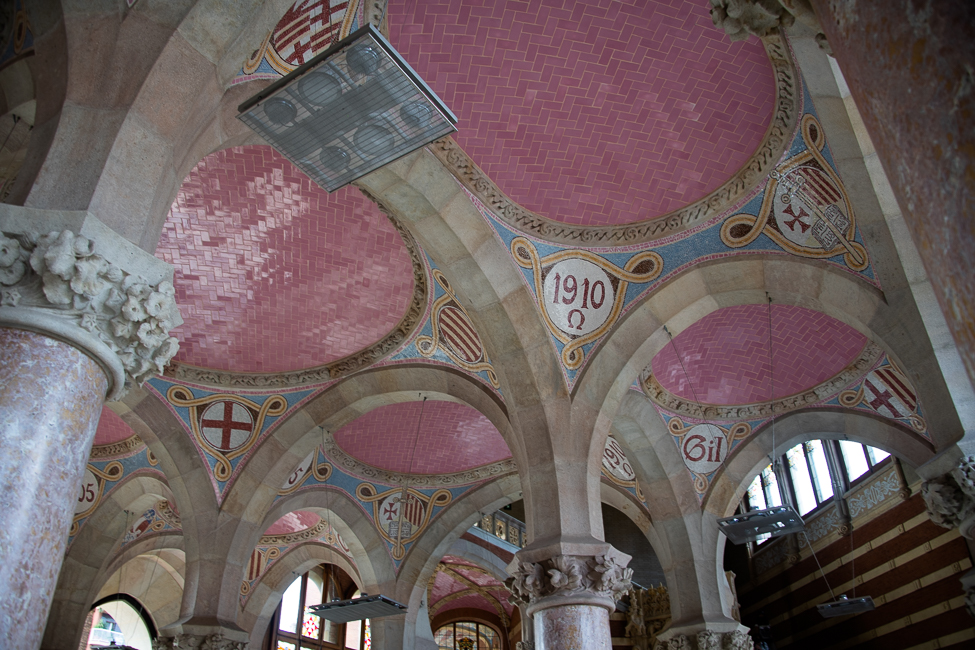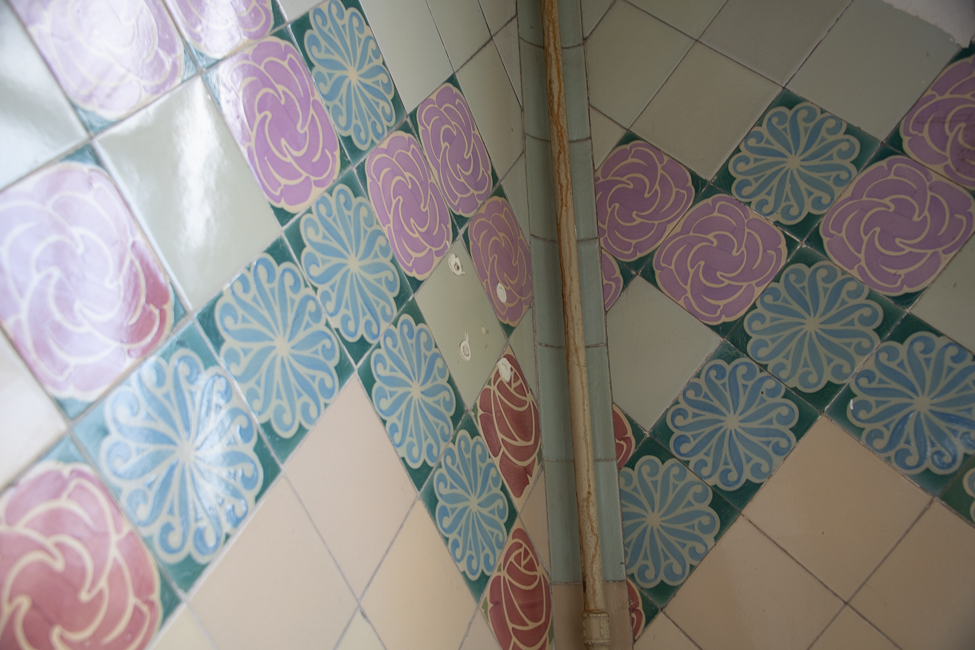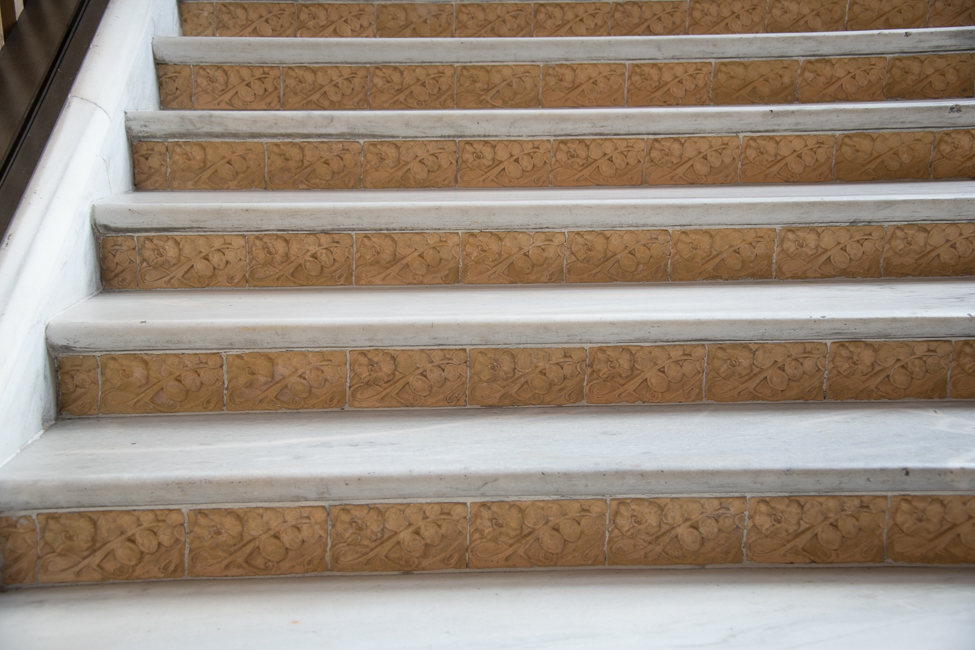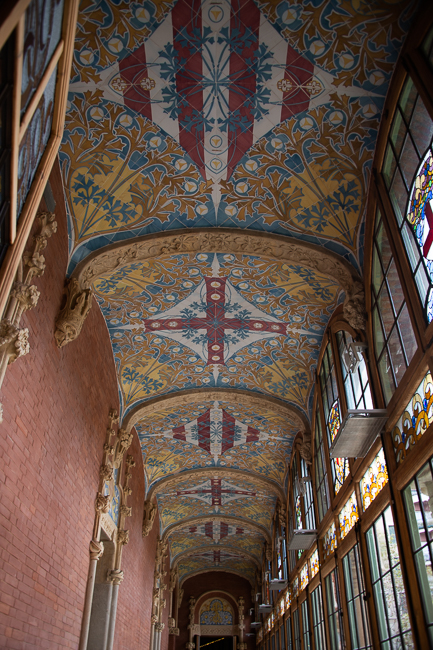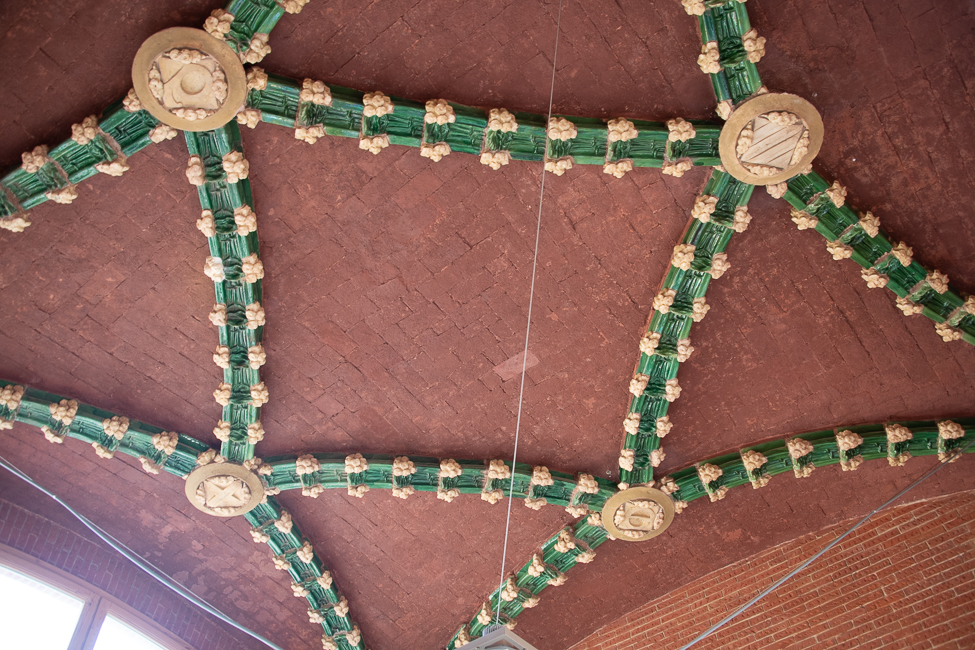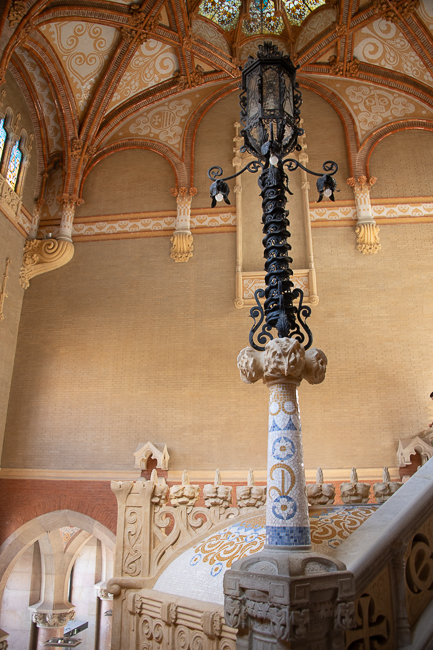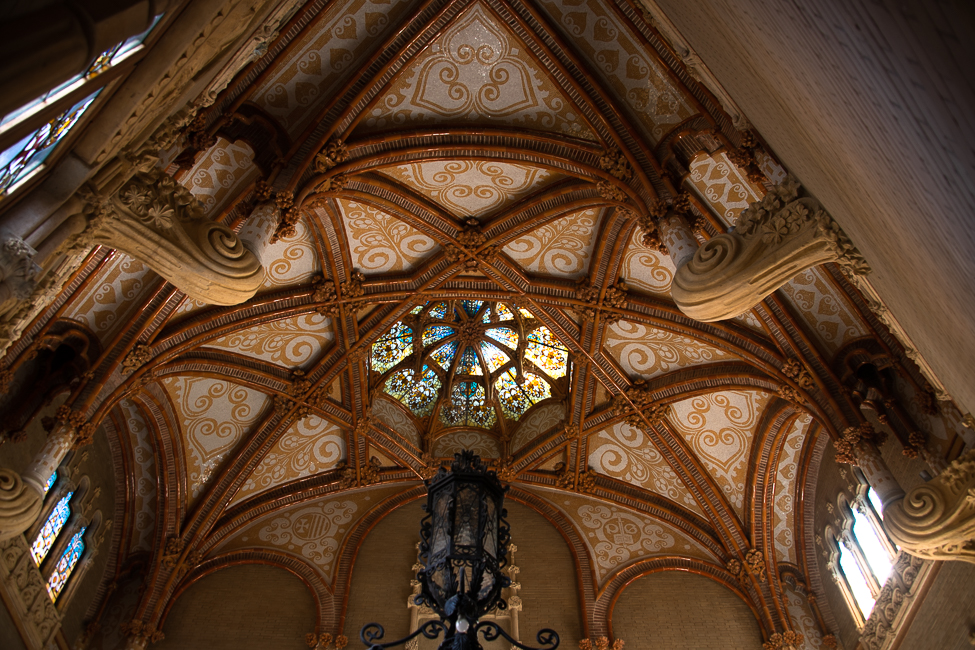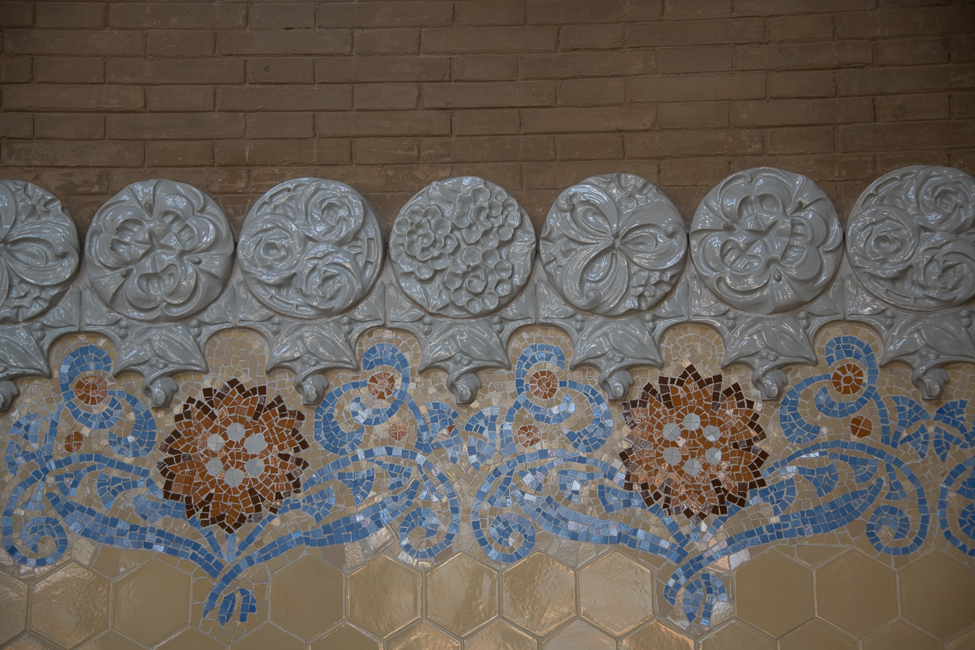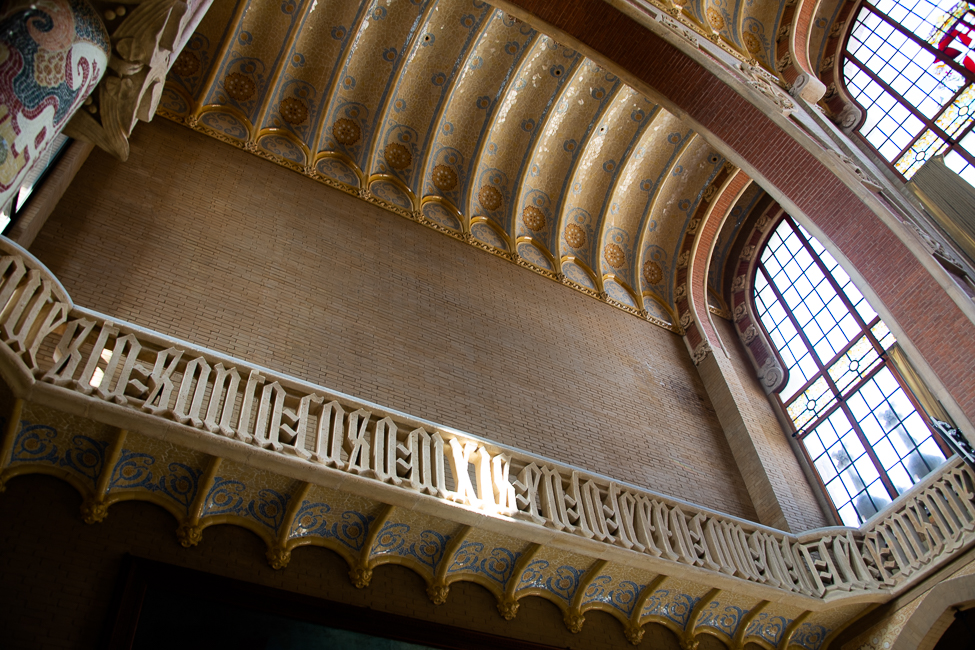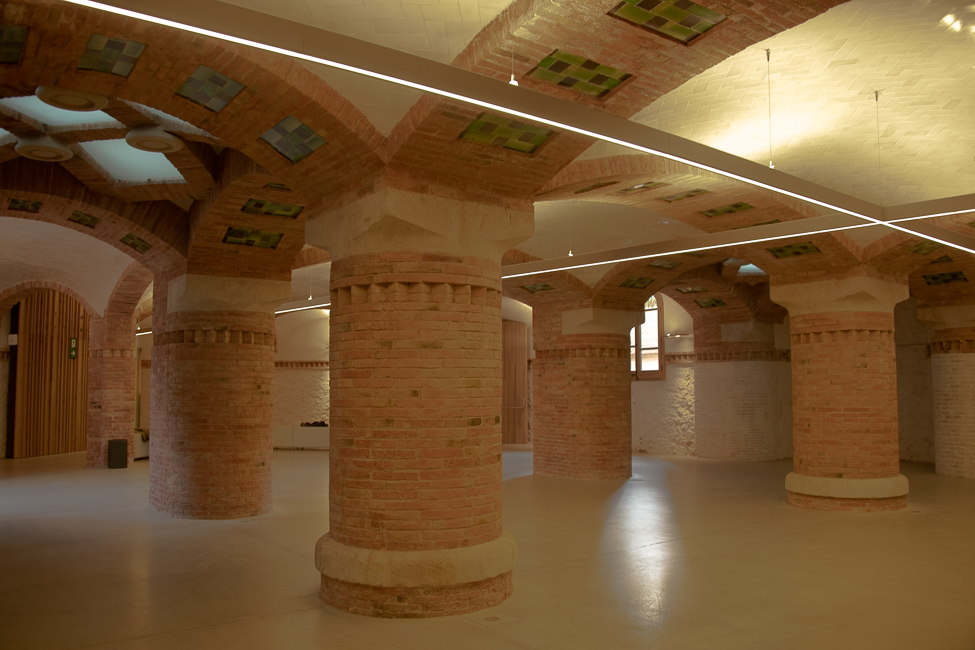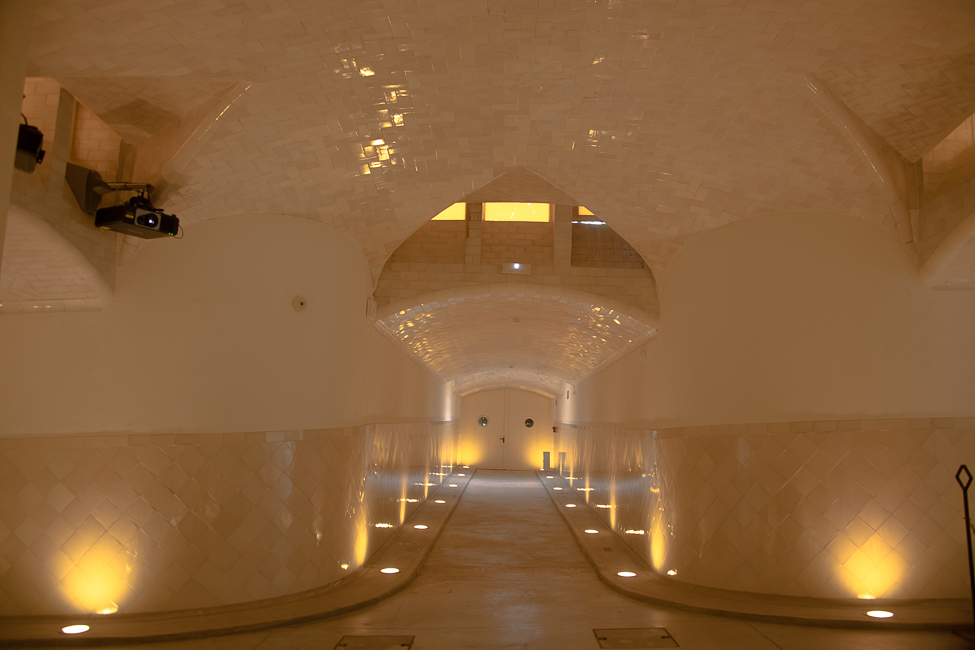October 2021
Upon my first arrival to Barcelona I was instantly struck by two things. It would take more time than I could ever allot to see this city the way I would want to, and there is so much more to it than Gaudi.
I spent a good part of my day just wandering, and there are so many things that stood out, but what took my breath away, and had me spending far more time than I had expected was Sant Pau Recinte Modernista.
The entire complex was made possible thanks to Barcelona banker Pau Gil i Serra, who set part of his estate aside for the construction of a hospital named after Saint Paul, to serve to the poor.
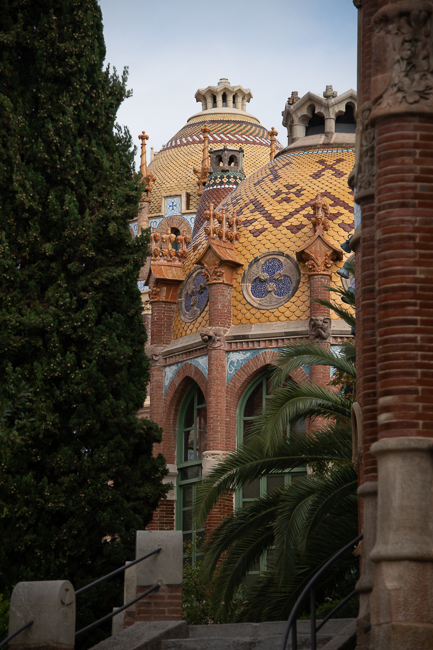 The original complex was designed by Lluís Domènech i Montaner and built in two phases: the first, from 1902 to 1913, when the architect created 13 Modernista buildings; and the second, from 1920, when his son Pere Domènech i Roura built another six buildings in a moderate Modernista style.
The original complex was designed by Lluís Domènech i Montaner and built in two phases: the first, from 1902 to 1913, when the architect created 13 Modernista buildings; and the second, from 1920, when his son Pere Domènech i Roura built another six buildings in a moderate Modernista style.
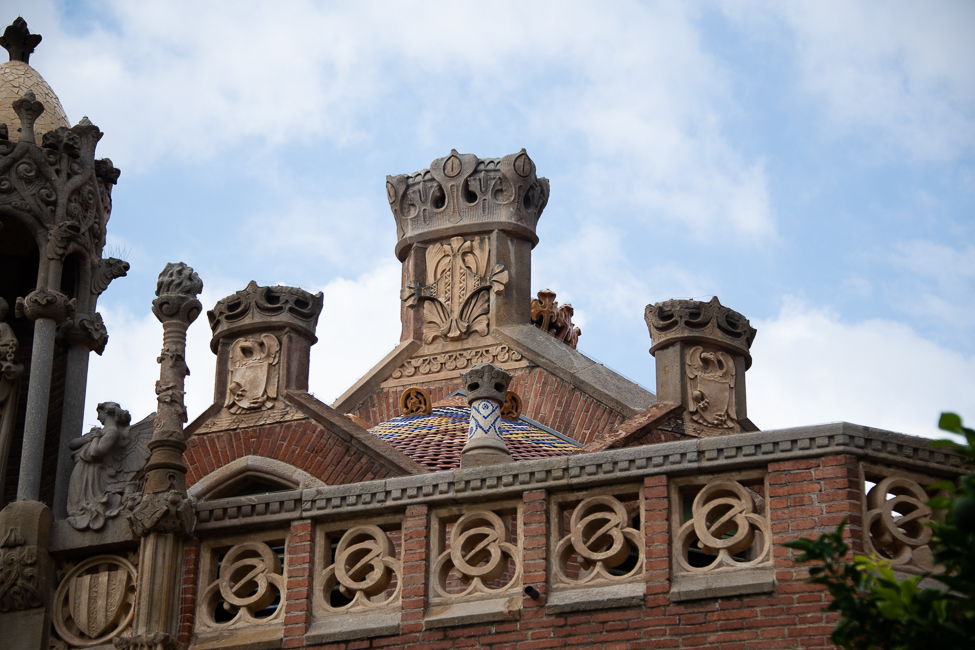 Domènech i Montaner conceived the hospital as a ‘city-garden’ so the cruz of the complex runs from north to south so that the maximum amount of light would shine on the main facades. The buildings feature an explosion of ceramics, exposed brick, and sculptures with extensive religious and historic iconography.
Domènech i Montaner conceived the hospital as a ‘city-garden’ so the cruz of the complex runs from north to south so that the maximum amount of light would shine on the main facades. The buildings feature an explosion of ceramics, exposed brick, and sculptures with extensive religious and historic iconography.
The complex sits in the neighborhood of El Guinardó, and was declared a UNESCO World Heritage Site in 1997.
A fully functioning hospital until June 2009, it is now used as a museum and cultural center.
Although Domènech’s original scheme was for 48 buildings, only 27 were actually constructed, of which just 16 were according to the original Modernista plan.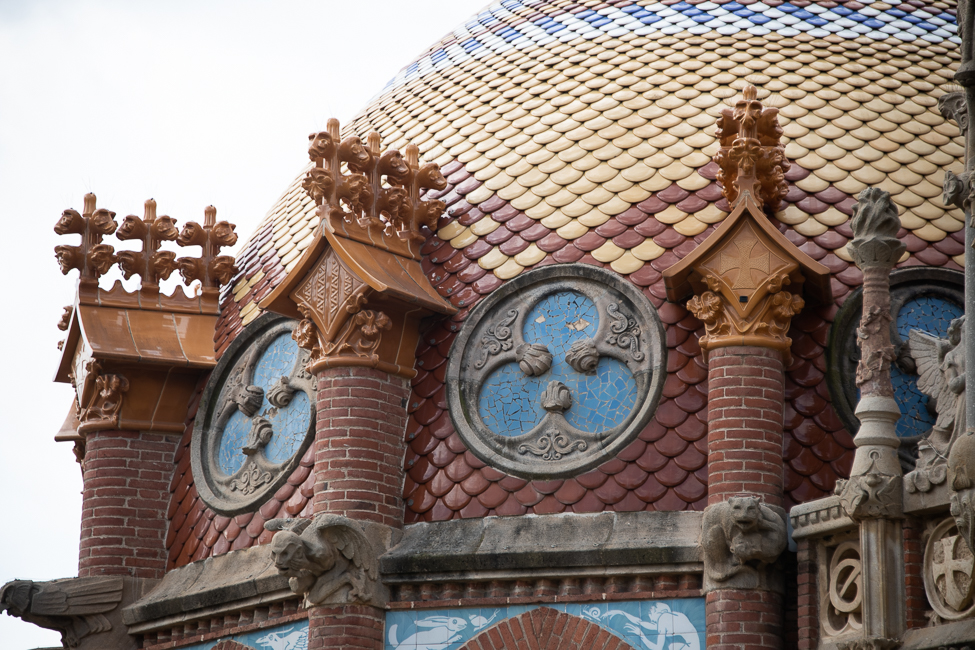
Modernista architecture, also known as Catalan modernism, is only found in the city of Barcelona. It was a widespread art movement representing the Catalan renaissance. The movement corresponded with the Art Nouveau movement and the two can be found well intertwined around Barcelona.
The Interiors of the buildings were just as spectacular – the tile work was stunning.
The ceilings were non-stop jaw dropping beautiful
*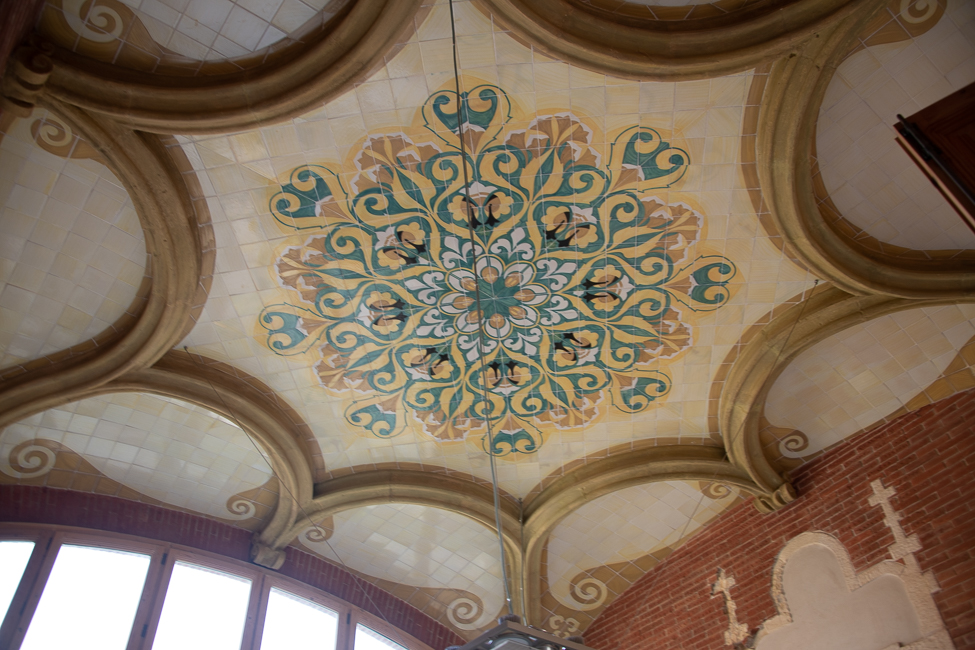 *
*
Running underneath the entire complex were white walled hallways for ease of moving patients in beds or wheelchairs.
